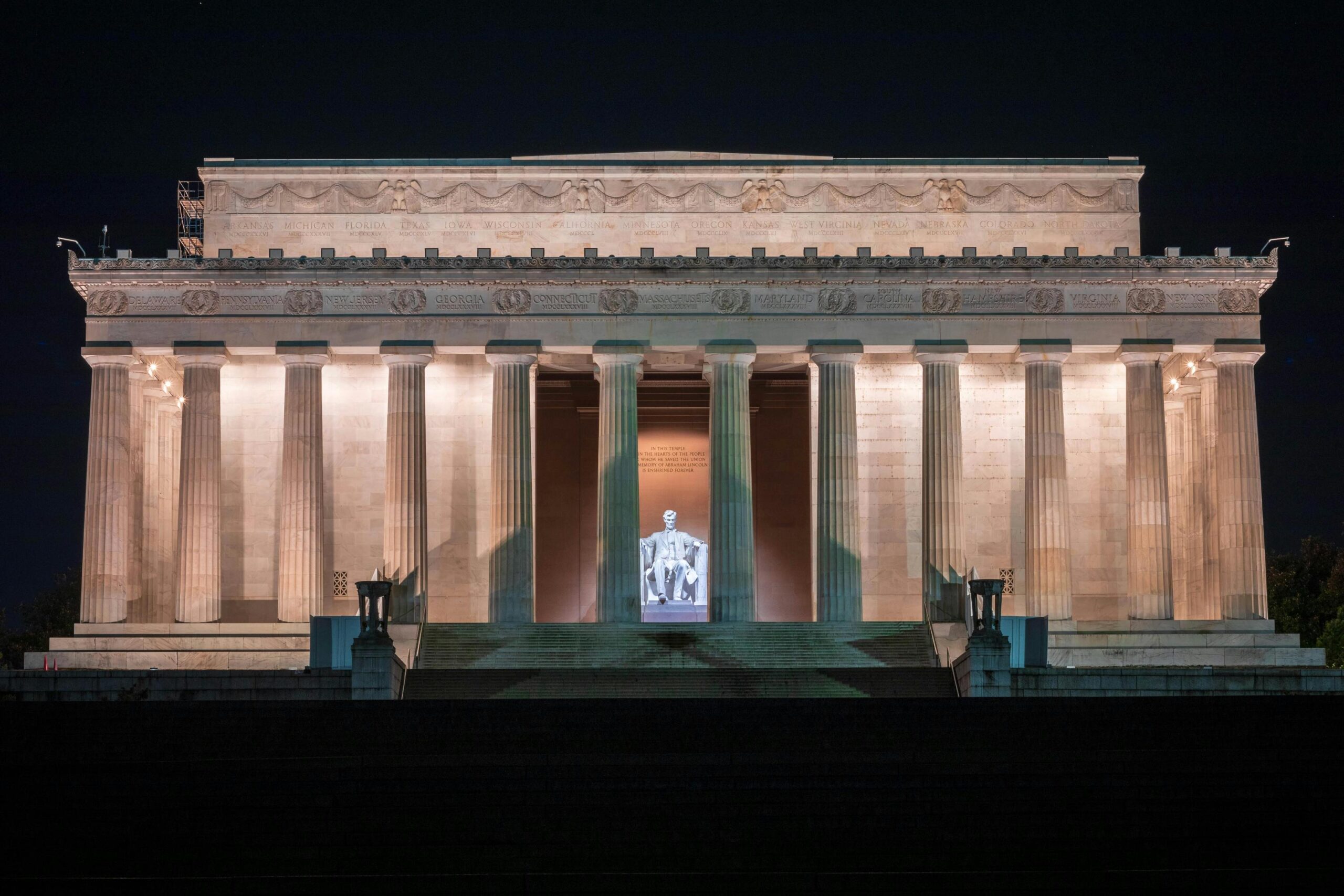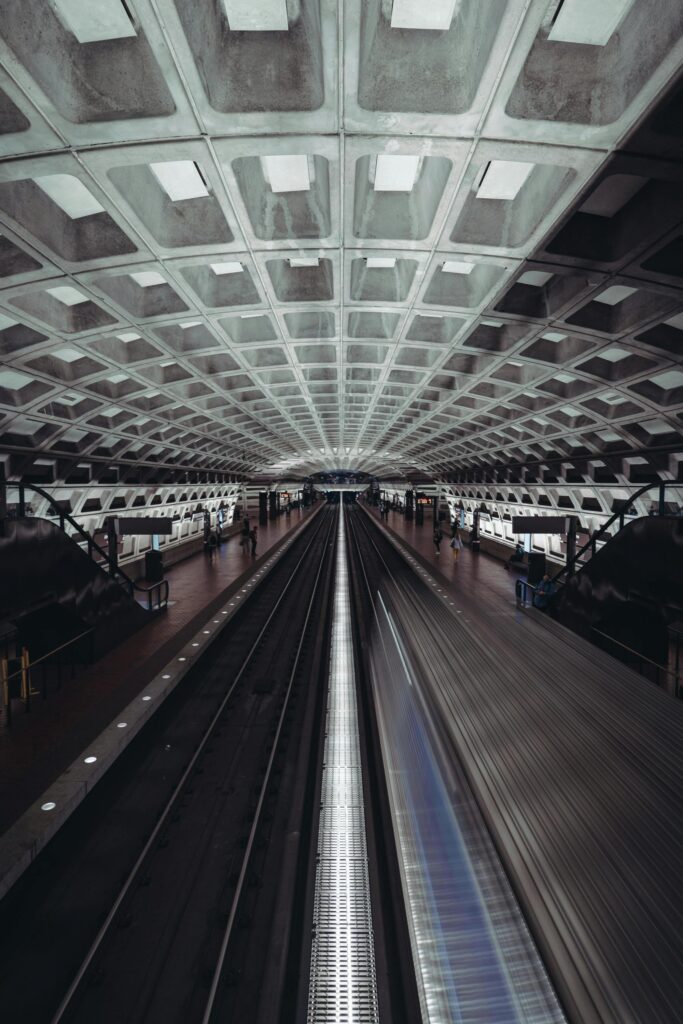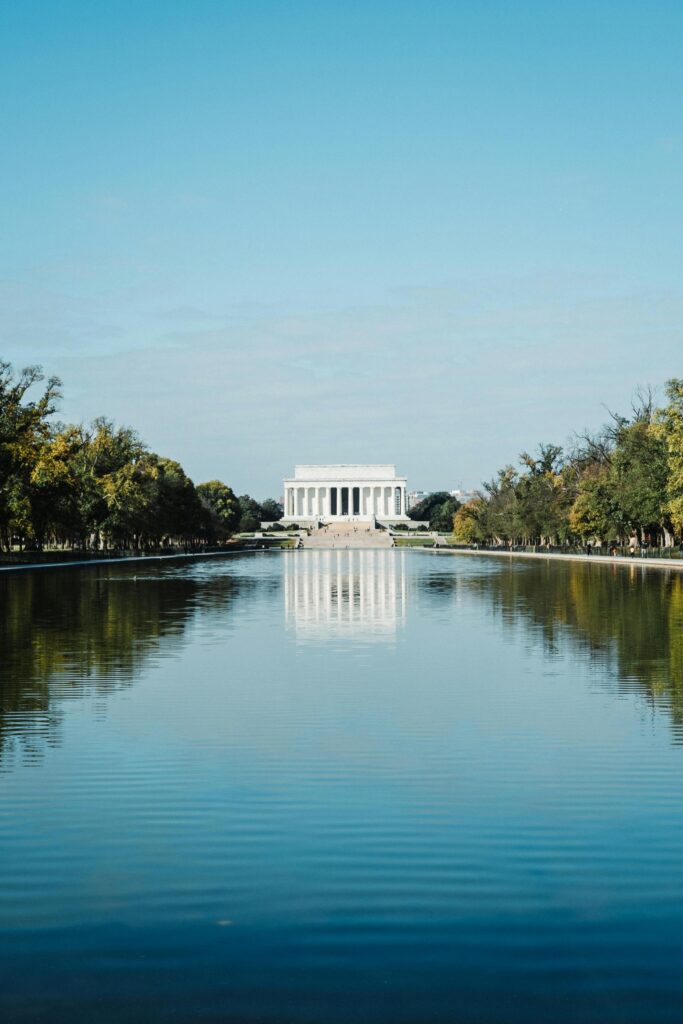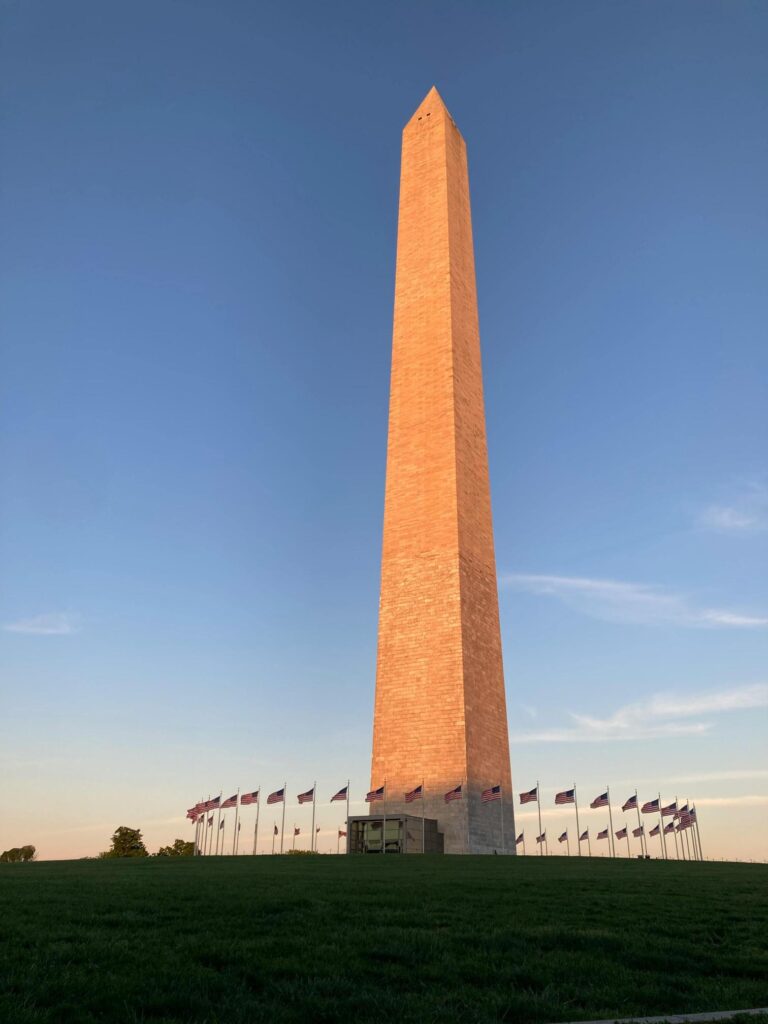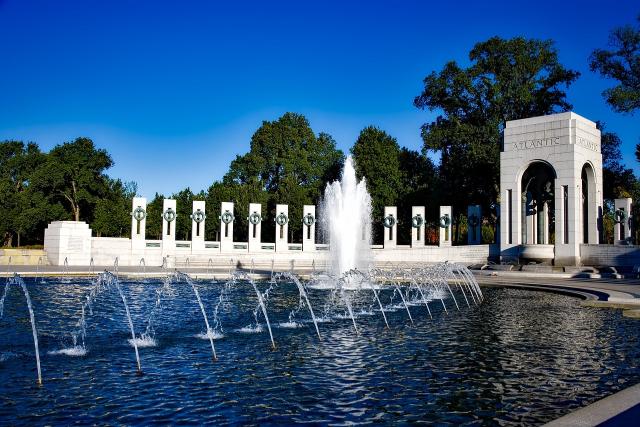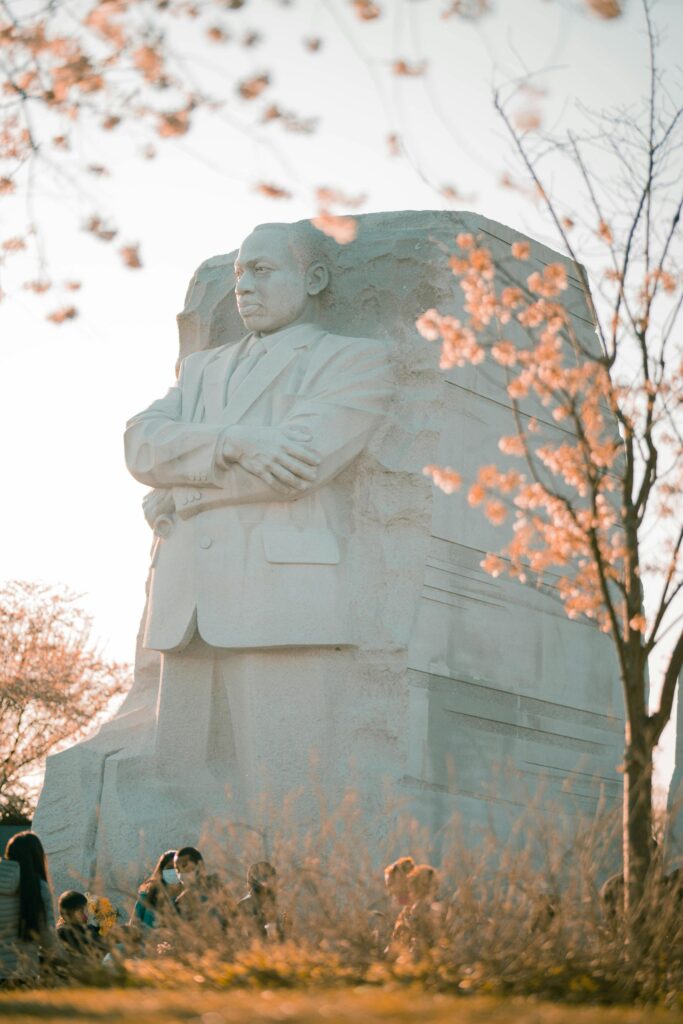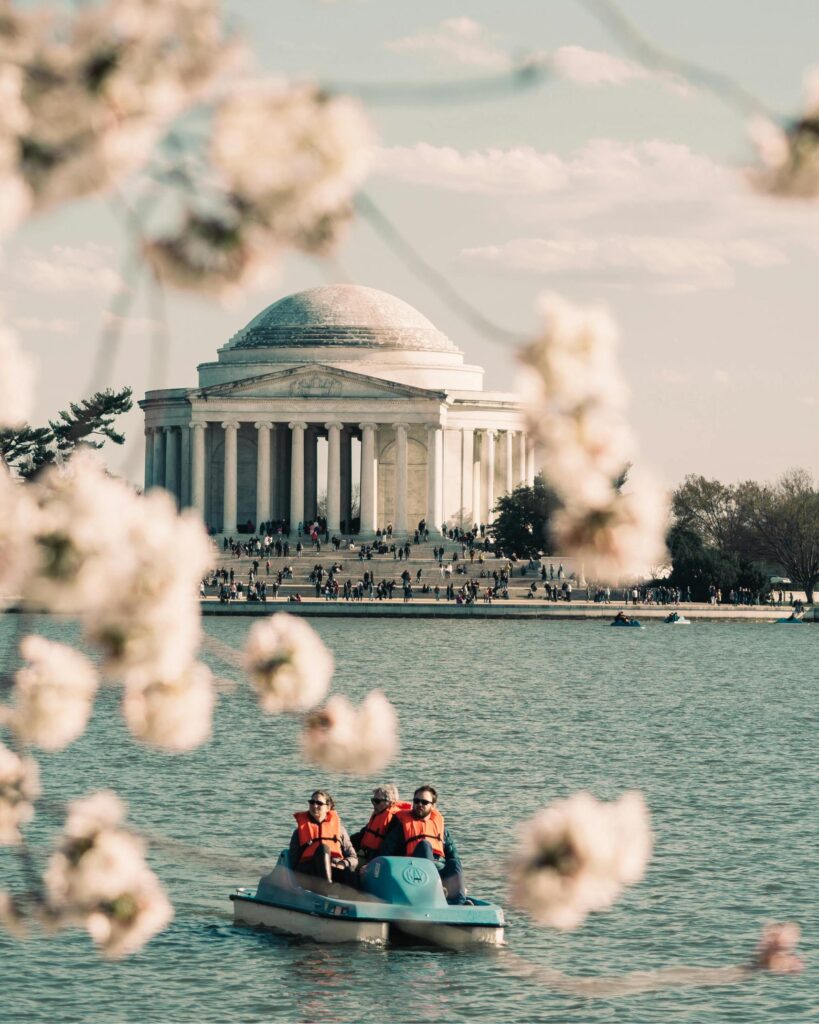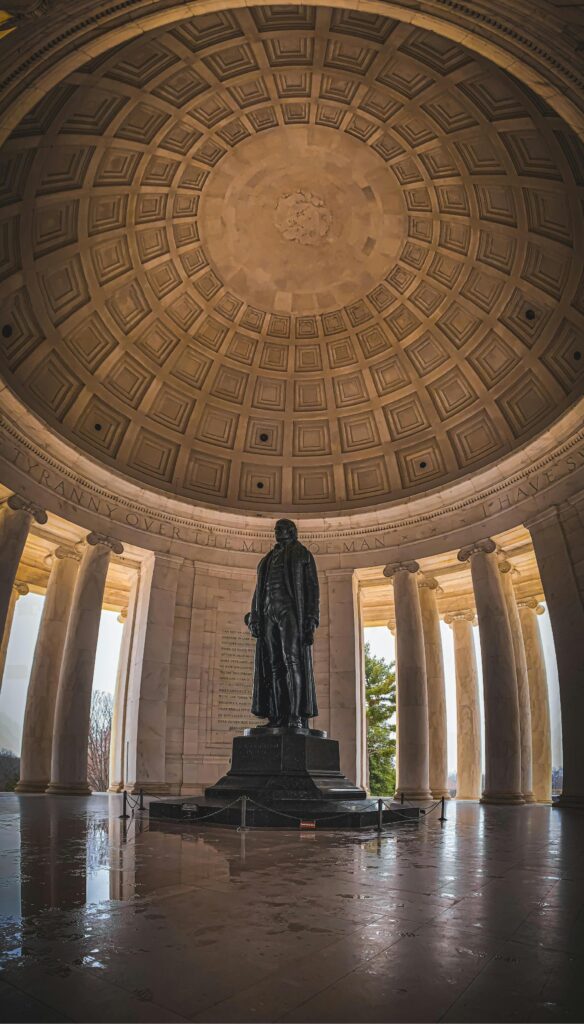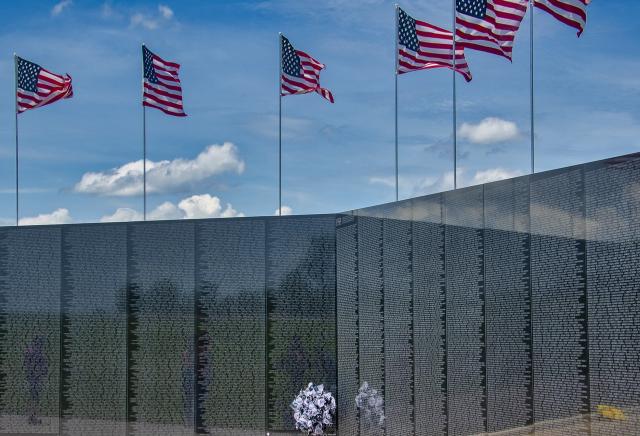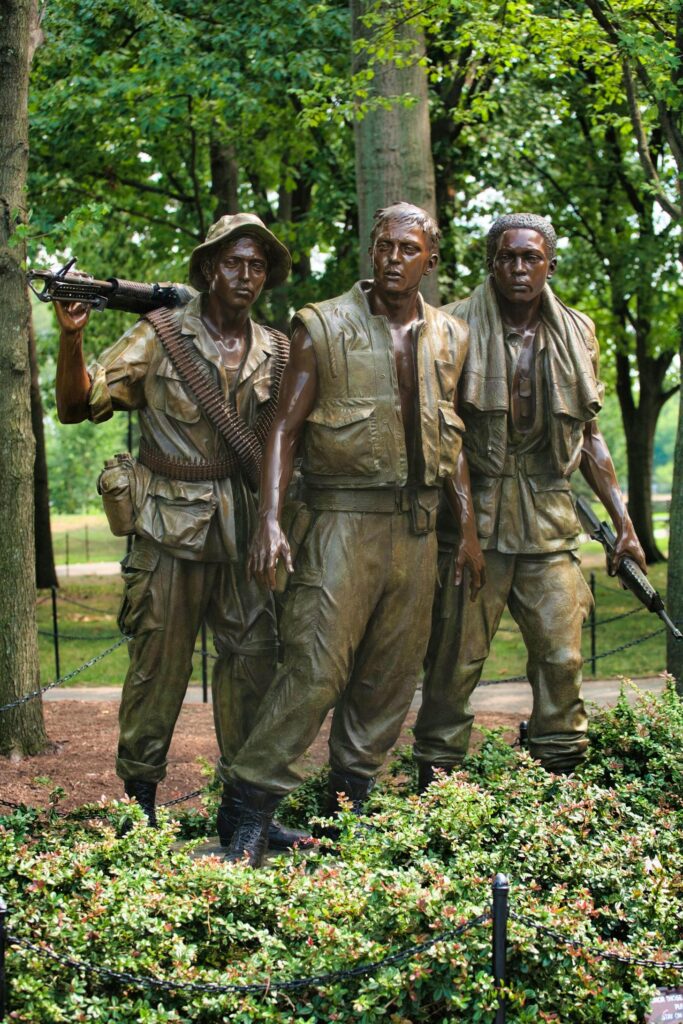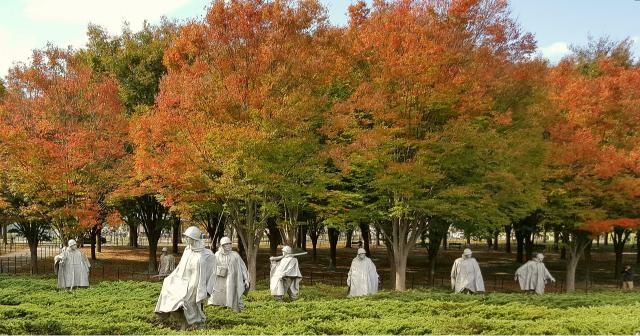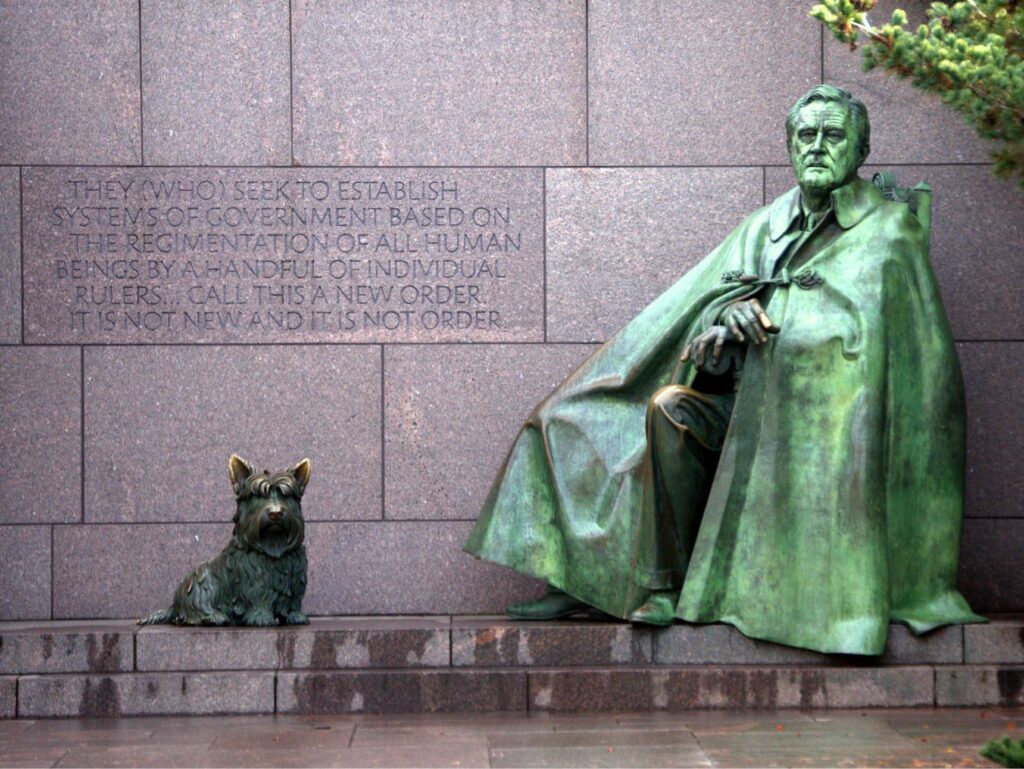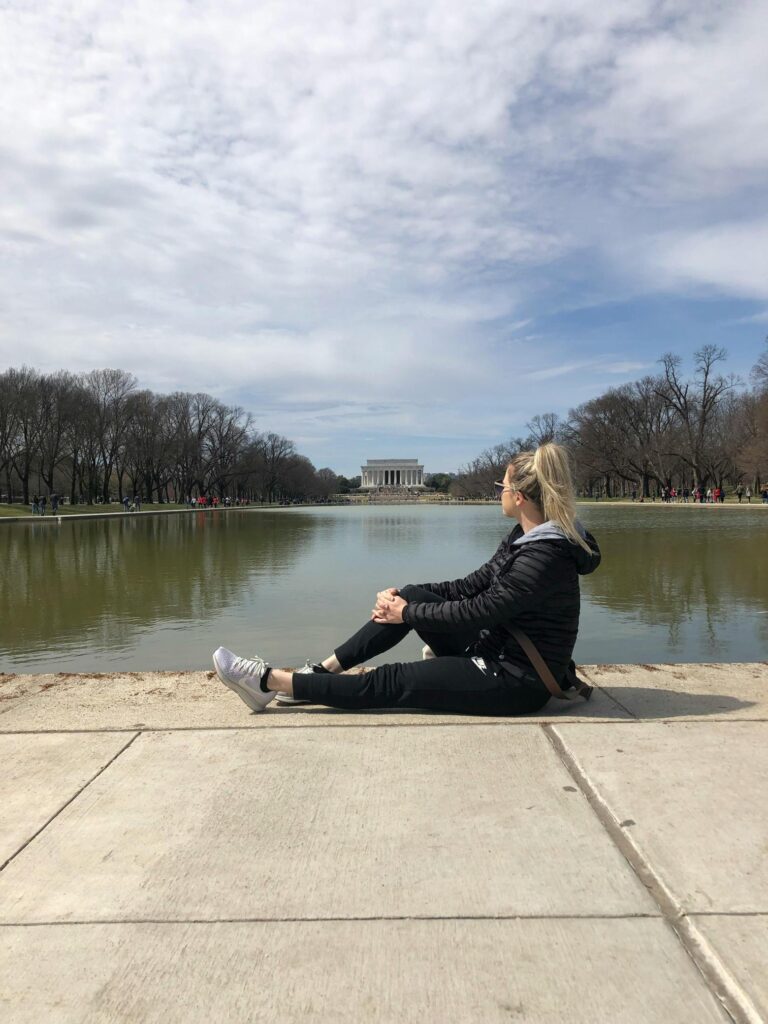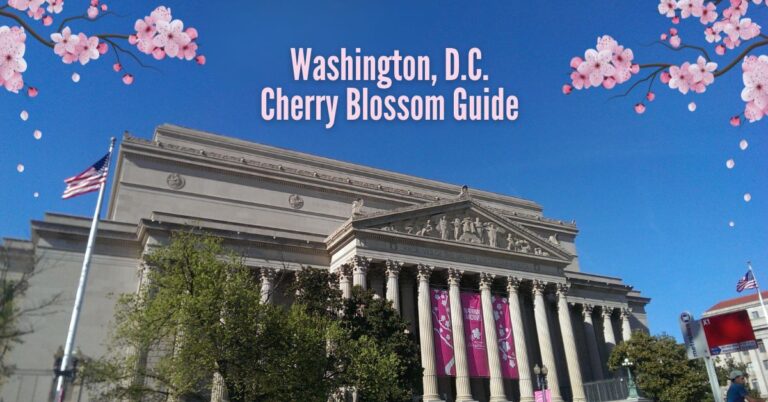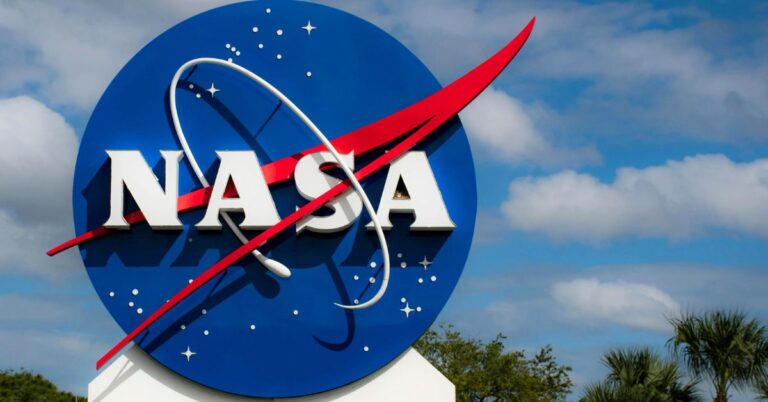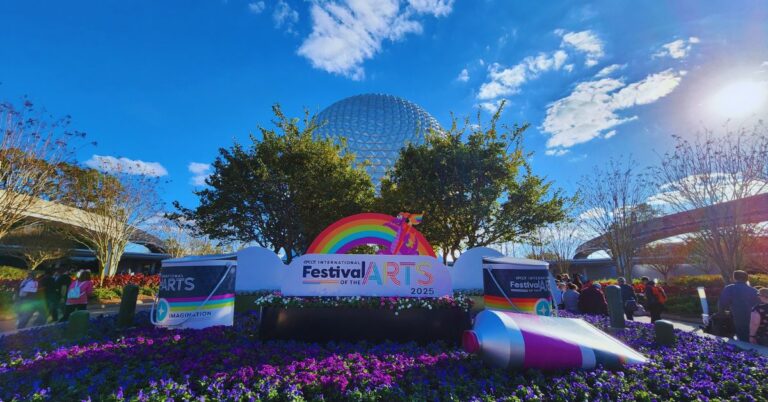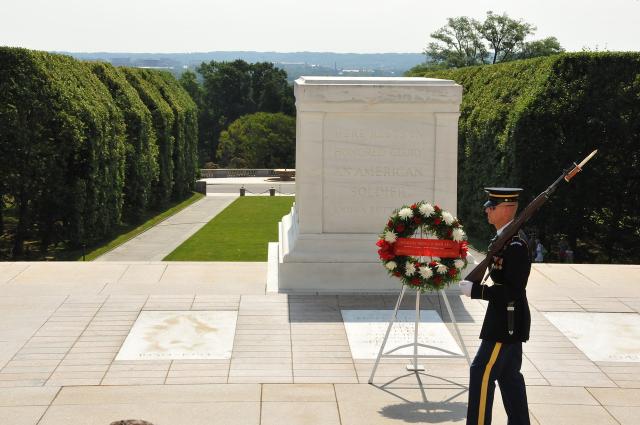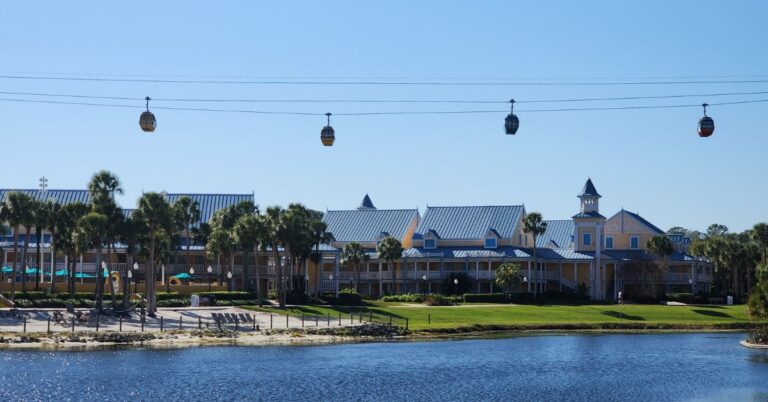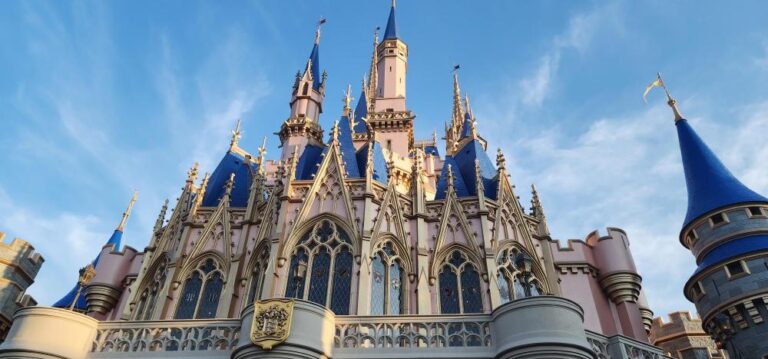Must-See Monuments on the National Mall in Washington DC
The National Mall in Washington, D.C., is a must-see destination for a budget-friendly family vacation. Stretching over two miles, it’s packed with history, iconic landmarks, and free attractions perfect for all ages. Having lived in the DC area for 10 years, we know exactly where to go and what to skip. From towering monuments to peaceful memorials, this guide will help you plan a memorable and affordable trip your whole family will enjoy.
Visiting Tips
- Best Times to Visit: The memorial is open 24/7, and the peaceful dawn or evening hours are ideal for enjoying its beauty without heavy crowds. Sunrise and sunset views over the Reflecting Pool are breathtaking and make for perfect family photo opportunities. Learn more about timing your visit here.
- Accessibility: Families with strollers or anyone needing assistance should use the elevator located at the basement level. The National Park Service has ensured it’s accessible to all visitors—making it an excellent location for multigenerational trips.
- Pack Comfortably: The path around the memorial is wide, but comfortable walking shoes are a must—especially if you’re touring the entire National Mall. DC summers can get hot, too, so carry water bottles and sunscreen.
- Night Visits: Don’t overlook a nighttime visit. The memorial, illuminated against the night sky, is magical and less crowded. It’s also a great time to teach older kids about Lincoln’s legacy in a reflective setting.
Getting There
Reaching the Washington Monument is simple, as the National Mall is one of the most accessible areas in the city. Here’s how you can plan your visit:
- Metro: Take the Metro to the Smithsonian station on the Blue, Orange, or Silver lines. Once you step out, it’s just a short walk to the monument.
- Driving: While street parking is very limited, you can find paid garages nearby. Remember that DC traffic can be tricky, so this may not be the best option.
- Walking: If you’re already exploring the National Mall, the monument is easily reachable from landmarks like the Lincoln Memorial or the US Capitol.
- Bike or Scooter Rentals: Opt for a Capital Bikeshare or an electric scooter for a more fun and family-friendly transit option. There are docking stations conveniently placed around the National Mall.
We recommend arriving early to avoid crowds, especially if you plan on going inside. Admission is free, but tickets are often claimed quickly because of its popularity. For updated visiting information, take a look at the official National Park Service page.
The Lincoln Memorial
As one of the most iconic landmarks in Washington, DC, the Lincoln Memorial is a must-see for anyone visiting the National Mall. Its grand structure, historical significance, and serene location make it a favorite for families aiming to combine fun and education on a budget-friendly vacation. The Lincoln Memorial offers an unforgettable experience!
History and Design
The Lincoln Memorial is a tribute to Abraham Lincoln, honoring his leadership during one of America’s most divisive periods—the Civil War. Completed in 1922, this awe-inspiring monument was designed in a neoclassical style by architect Henry Bacon, echoing the grandeur of ancient Greek temples. The symmetry of its 36 columns represents the states in the Union at the time of Lincoln’s death, and the structure serves as a powerful reminder of unity and democracy. The memorial’s focal point is the colossal seated statue of Lincoln, created by sculptor Daniel Chester French.
Take time to notice the inscriptions on the walls. You’ll find excerpts from the Gettysburg Address and Lincoln’s Second Inaugural Address etched into stone, offering insights into his values and vision. These elements make the memorial not just visually stunning but deeply meaningful. For more about its design and history, check out this detailed guide on the Lincoln Memorial.
The Washington Monument
The Washington Monument is one of the most recognizable landmarks in the nation’s capital. Towering over the National Mall, this iconic obelisk honors George Washington, the first President of the United States. On a budget-friendly family trip to Washington, DC, it’s an absolute must-see for history lovers and architecture enthusiasts alike. Whether you catch it from the Reflecting Pool or ride the elevator to its observation deck, this monument is sure to amaze you.
Fun Facts
The Washington Monument has a rich history and plenty of fun facts. Here are some of our favorites:
- When it was finished in 1884, it held the title of the tallest building in the world, standing 555 feet, 5 1/8 inches tall. More details are found here.
- It’s made of 36,000 separate stone blocks, primarily marble, granite, and bluestone gneiss.
- Construction was paused for 23 years due to a lack of funds and the Civil War, which explains the slight color difference halfway up the monument.
- Inside, you’ll find an elevator ride up to the observation deck, offering breathtaking views of Washington, DC. The ride takes just 70 seconds!
- A time capsule in the cornerstone contains items from 1848, like newspapers and a portrait of George Washington.
- Want to spot something unique? Look closely at its tip—it’s capped with aluminum, which was a rare and prized material at the time.
The World War II Memorial
The World War II Memorial is a striking tribute to the brave individuals who shaped one of history’s most pivotal eras. Positioned between the Lincoln Memorial and the Washington Monument, it serves as more than just a place of remembrance—it’s a space for reflection, gratitude, and education during your family-friendly trip to Washington, DC. The memorial commemorates the 16 million who served in the armed forces and the more than 400,000 who made the ultimate sacrifice. You may even see WWII veterans touring the monument as part of the Honor Flight program, transporting veterans to DC to visit the monuments. Its thoughtful design ensures visitors of all ages can connect to its profound message.
What to See: Highlight Key Features Such as the Fountains and Honorifics
This stunning memorial blends architecture, art, and symbolism, creating an experience that resonates with every visitor.
- Central Reflecting Pool and Fountains: At the heart of the memorial, you’ll find a serene plaza with a large reflecting pool flanked by majestic fountains. The sound of the cascading water offers a peaceful atmosphere, while its centerpiece draws people together for a shared moment of admiration.
- Pillars of Unity: Surrounding the plaza are 56 granite pillars, each representing a U.S. state or territory and the District of Columbia during World War II. Each pillar is decorated with bronze wreaths, embodying a sense of collective strength and shared sacrifice.
- Freedom Wall: Perhaps the most poignant feature of the memorial is the Freedom Wall, adorned with 4,048 gold stars. Each star represents 100 Americans who lost their lives during the war. Standing before this wall, it’s impossible not to feel overwhelmed by the scale of the sacrifice.
For more details about the design and meaning of these features, visit the official National Park Service page.
Family-Friendly Activities: Suggest Activities Families Can Do Around the Memorial
The World War II Memorial isn’t just for history buffs—it’s designed to engage visitors of all ages. Families can come together and enjoy meaningful activities that leave a lasting impression.
- Photo Opportunities: Families love taking photos in front of the fountains or alongside a specific state pillar with personal meaning. It’s a great way to bring history home in a visual, family-friendly way.
- Relax on the National Mall Lawn: After exploring, spread a picnic blanket on the lawn. It’s a great place to rest, snack, and reflect on the memorial’s meaning while enjoying the open space.
- Evening Walks: The memorial takes on a different beauty during evening hours when the fountains are lit. Nighttime visits are quieter and offer a more reflective atmosphere for families to connect.
The Martin Luther King Jr. Memorial
The Martin Luther King Jr. Memorial is a powerful testament to justice, equality, and hope. It’s a space for reflection and inspiration in the Tidal Basin. The monument showcases King’s legacy through its thoughtful design and profound messages, making it a crucial stop for families exploring the National Mall.
Quotes and Messages
At the heart of the memorial are 14 powerful quotes etched into the stone walls. These words, taken from Dr. King’s speeches, sermons, and writings, highlight his lifelong commitment to peace and equality. One of the most well-known quotes is, “Out of the mountain of despair, a stone of hope.” This phrase inspired the memorial’s centerpiece, a towering sculpture of King emerging from a rough-hewn rock.
Other quotes remind us of the ongoing fight for justice and freedom, including:
- “Injustice anywhere is a threat to justice everywhere.”
- “I have the audacity to believe that peoples everywhere can have three meals a day for their bodies, education, and culture for their minds, and dignity, equality, and freedom for their spirits.”
Planning Your Visit
Visiting the Memorial can be educational and enriching for kids. To make the experience engaging, consider these tips:
- Introduce King’s Story: Before visiting, share age-appropriate books or videos about Martin Luther King Jr.’s life and achievements. Stories help children connect emotionally to the memorial’s themes.
- Ask Questions: Engage kids by asking questions like, “What does hope mean to you?” or “How can we stand up for fairness in our daily lives?”
- Plan Your Route: The memorial is easily accessible by walking or biking. It is a quick walk from the Smithsonian Metro Station.
- Comfort Counts: Bring water, snacks, and sunscreen. The open space around the memorial can get sunny, and kids will appreciate breaks to rest on the benches nearby.
The Jefferson Memorial
The Jefferson Memorial is more than a monument—it’s a serene tribute to one of America’s Founding Fathers, nestled along the Tidal Basin. Visiting this memorial offers a window into Thomas Jefferson’s profound contributions to the nation and some of the most picturesque views in Washington, DC. Perfectly suited for families seeking history and budget-friendly photo ops, the memorial combines beauty, storytelling, and inspiration.
Statue of Jefferson
Stepping inside the memorial, the striking 19-foot bronze statue of Thomas Jefferson commands attention. Perched on a six-foot pedestal, Jefferson stands in a contemplative pose, exuding wisdom and determination. Sculpted by Rudolph Evans, this statue celebrates Jefferson’s pivotal roles: primary author of the Declaration of Independence, statesman, and advocate for liberty. Surrounding the statue, inscriptions of Jefferson’s famous words echo themes of democracy and freedom. Nearby details, like the dome’s architecture and the open-air rotunda, amplify the monument’s timeless elegance. Learn more about the statue’s design and history from this Jefferson Memorial guide.
Scenic Views
The Jefferson Memorial’s location on the Tidal Basin is a popular spot for photography enthusiasts and casual visitors. Framed by the iconic cherry blossom trees, the memorial becomes especially breathtaking during the spring bloom. Capture photos from the water’s edge to include reflections of the memorial in the basin—an Instagram-worthy moment! For families, wide walkways and shaded spots make pausing and soaking in the views easy.
The Vietnam Veterans Memorial
The Vietnam Veterans Memorial is a profound and emotional experience on the National Mall. This memorial honors the lives lost and sacrifices made during the Vietnam War. It’s a must-visit for families exploring the Mall, offering a place to teach kids about courage, history, and remembrance.
The Wall of Names
The main feature of the memorial is the striking black granite wall, etched with the names of more than 58,000 Americans who lost their lives or are missing in action. The V-shaped wall was designed by Maya Lin and is notable for its reflective surface, allowing visitors to see their image alongside the names—a symbolic connection between past and present.
- Interactive Element: Visitors often find names they recognize using the nearby directory. Rubbings of engraved names serve as a meaningful memento for families tracing relatives or studying history.
This part of the memorial is deeply personal. It reminds visitors not just of loss but also of the human cost of war. The atmosphere here invites reflection, making it a valuable teaching moment for kids and teens. Learn more about the memorial’s history and creation by visiting this National Park Service guide.
The Sculpture and Flags
Don’t miss the nearby Three Servicemen Statue, which portrays three soldiers in combat attire, expressing the diversity of those who served. The adjacent Women’s Memorial honors the contributions of female service members who played critical roles during the war. Flags above these areas remind visitors of the unity and resilience shown during difficult times.
Visiting Tips
- Respectful Silence: Use quiet voices as those mourning loved ones often visit the area.
- Best Time to Visit: Early mornings or evenings are ideal for smaller crowds and cooler weather. The wall looks incredible under soft lighting at sunrise or sunset.
- Accessible Pathways: The memorial features smooth paths, making it easy for strollers and wheelchairs to navigate.
The Korean War Veterans Memorial
The Korean War Veterans Memorial captures the somber reality of war with its haunting statues and meaningful design. It’s dedicated to the 36,574 Americans who lost their lives during the Korean War, known as “The Forgotten War.”
The Statues of Soldiers
The 19 soldier statues, each over seven feet tall, march through a field of juniper bushes meant to resemble Korea’s rugged terrain. The soldiers represent different branches of the U.S. Armed Forces, with expressions that convey their courage and dedication despite the dire conditions of war.
The Wall of Faces
The granite wall adjacent to the statues features etched faces and images of real soldiers who served. This personalization adds an emotional layer to the experience, connecting visitors to the people behind the history.
The FDR Memorial
The Franklin Delano Roosevelt Memorial is a tribute to FDR’s presidency and to the challenges ordinary Americans faced during the Great Depression. This sprawling memorial, along the Tidal Basin, is divided into four rooms, each symbolizing one of Roosevelt’s terms in office.
Breadline and Fireside Chat Statues
Two standout sculptures within the memorial bring the hardship and resilience of the Great Depression to life:
- The Breadline: This haunting image of men waiting in a soup line highlights the struggles of unemployment and poverty. Use this as an opportunity to discuss with your family what life was like during the 1930s.
- The Fireside Chat Statue: Depicting FDR seated with his loyal dog Fala, this statue captures Roosevelt’s personal connection with the American people, thanks to his radio addresses.
Reflect, Learn, and Create Memories
Visiting the National Mall’s monuments offers a unique chance to explore history while enjoying a budget-friendly family trip. These landmarks blend inspiration, education, and awe, making every stop worthwhile. Remember to plan your route, pack some snacks, and take your time to soak in the history.

